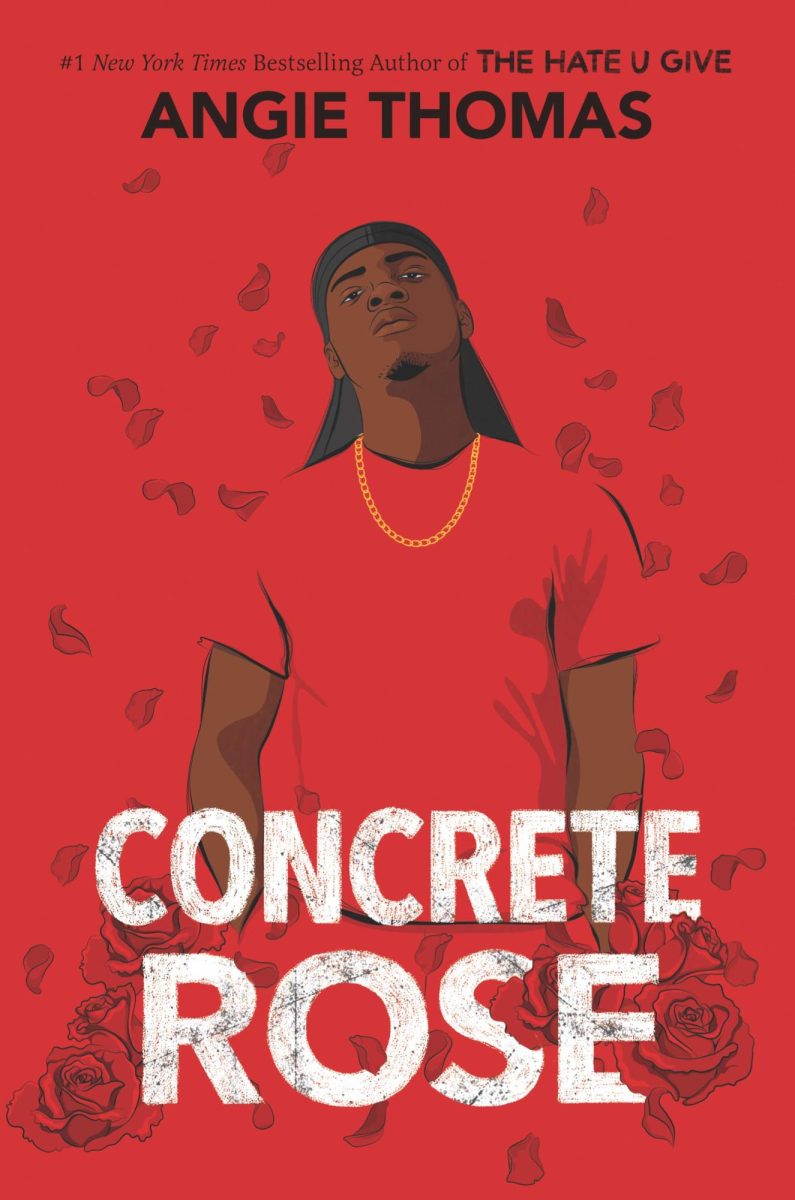The morning of June 24th, 2022, the Supreme Court of the United States issued its decision, by a vote of 6-3, to overturn the fifty-year-old Roe v. Wade ruling. This pronouncement dissolved one national system into 50 separate state systems. The purpose of discussing this decision is not about whether abortion is considered “good or bad”, but rather about understanding what it means for basic healthcare across state lines.
To grasp this idea, we must rewind to January 22nd, 1973. The Supreme Court ruled, with a vote of 7-2, to pass Roe v. Wade. In passing this, the court “decided that the right to privacy implied in the 14th Amendment protected abortion as a fundamental right.” Due to the implications of the 14th amendment, some form of abortion was readily available in every state. Many attempt to paint a picture of abortion being completely agreed upon until Roe v. Wade was overturned; however, this was not the case. Abortion has always been a point of contention between political parties, religious communities, and even families. “Currently, 61% say abortion should be legal in all or most cases, while 37% say it should be illegal in all or most cases.” The data presented in this statement from Hannah Hartig’s article on abortion surveyed U.S. adults’ views on the issue. This shows that the legality of abortion was never something everyone had reached a consensus about.
In late June of 2022, nearly fifty years after the Supreme Court passed Roe v. Wade legalizing abortion, the U.S. Supreme Court overturned the decision via the Dobbs v. Jackson Women’s Health Organization ruling. This decree held that there was constitutional right to abortion, and it also allowed states to make their own laws regarding abortion. Thirteen states (Arkansas, Idaho, Kentucky, Louisiana, Mississippi, Missouri, North Dakota, Oklahoma, South Dakota, Tennessee, Texas, Utah, and Wyoming) had previously enacted “trigger laws.” These are laws decreed by legislative bodies which are solely enacted based on something that happens, or in other words by a “trigger” event. The trigger laws outlawed abortion as soon as the U.S. Supreme Court overturned Roe v. Wade. Each state had different conditions and consequences within their laws. Oklahoma made abortions illegal and punishable by up to ten years in prison or a $100,000 fine unless the abortion would save the life of a pregnant woman. In Texas, a law banned abortions apart from cases of rape, sexual assault, or potential death and injury for the pregnant woman. Additionally, closest to Illinois, Missouri criminalized abortions with no exceptions regarding rape or incest.
As of June of 2023, a full year after the Dobbs ruling was passed, twenty-five states now have pre-viability bans in effect: fourteen at the time of conception with very limited exceptions, one at six weeks since LMP (beginning of the last menstrual period), one at 12 weeks (about 3 months) since LMP, three at 15-18 weeks (about 4 months) since LMP, and six at 20-22 weeks (about 5 months) since LMP. In Illinois, abortion is legal. In early August of this year, Governor J.B. Pritzker banned anti-abortion counseling centers often referred to as “crisis pregnancy centers,” from using “misinformation, deceptive practices, or misrepresentation” to interfere with access to abortion services or emergency contraception.
Since Dobbs, 68 percent of OBGYNs (obstetrician gynecologists) in states where abortion is banned “say the ruling has worsened their ability to manage pregnancy-related emergencies.” States with abortion bans are losing a generation of OBGYNs. Dobbs is projected to have many more long-term effects on getting medication and healthcare across state borders. Understanding these implications is important since it will change the course of our nation’s future. It is essential for everyone to know and understand their rights and the rights of others, especially teenagers such as ourselves. We are going to be the next adults making and being affected by the decisions of our country.
About six-in-ten Americans say abortion should be legal in all or most cases
https://guides.sll.texas.gov/abortion-laws/trigger-laws#:~:text=%22Trigger%20laws%22%20are%20laws%20that,as%20possible%20once%20conditions%20allow.
nytimes.com
texastribune.org
missouriindepent.com
whitehouse.gov
brennacenter.org
kff.org
apnews.com





































